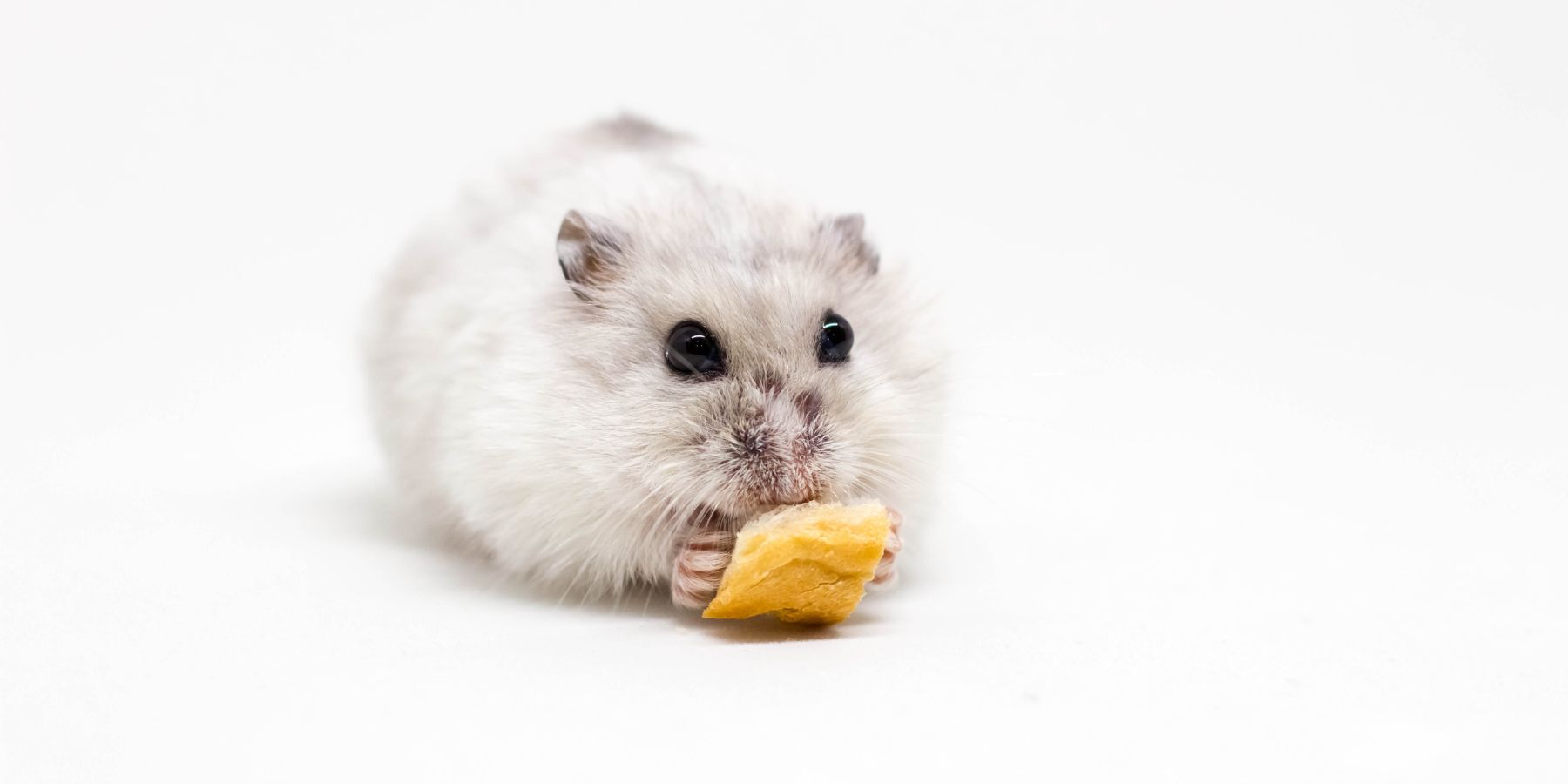When it comes to feeding our furry hamster friends, it’s important to know which foods are safe and which could be harmful. Bread is a common household food, and many hamster owners wonder if it’s safe to share it with their pets. This article takes a closer look at the effects of bread on hamsters.
Understanding Hamster Dietary Needs
Before introducing any new food to your hamster, it’s crucial to understand their dietary needs. Hamsters are omnivores and require a balanced diet to stay healthy.
Basic Diet of a Hamster
A hamster’s diet should primarily consist of:
Hamster Pellets: Specially formulated to provide all the necessary nutrients.
Fresh Fruits and Vegetables: Given in moderation for variety and additional nutrients.
Occasional Proteins: Such as boiled eggs or mealworms for extra nutrition.
Importance of a Balanced Diet
A balanced diet is vital for preventing obesity, diabetes, and digestive problems in hamsters. Treats like bread should only be a small part of their overall diet.
The Role of Bread in a Hamster’s Diet
Bread can be offered to hamsters, but it should be done with caution and an understanding of its nutritional value and potential risks.
Nutritional Content of Bread
Carbohydrates and Fibers: Bread, especially whole grain, provides carbohydrates and some fiber.
Low in Essential Nutrients: It lacks the essential nutrients that hamsters need, like protein and fat.
The Right Type of Bread
Whole Grain Bread: This is preferable over white bread. It should be plain, without any added sugar or harmful ingredients.
Risks Associated with Feeding Bread to Hamsters
While bread is not toxic to hamsters, there are certain risks associated with feeding them bread.
Potential Health Issues
Digestive Problems: Overfeeding bread can lead to bloating and digestive discomfort.
Nutritional Imbalance: Relying too much on bread can lead to a lack of essential nutrients.
Moderation is Key
Occasional Treat: Bread should only be given occasionally and in small quantities.
Safely Introducing Bread to Your Hamster
Introducing bread to your hamster’s diet should be done carefully to avoid any health issues.
How to Serve Bread
Small Pieces: Offer tiny pieces to prevent choking and overeating.
Dry or Toasted: This can help reduce the risk of choking and is easier for hamsters to digest.
Observing Your Hamster’s Reaction
Monitor for Allergies or Digestive Issues: Watch for any unusual symptoms after feeding bread, such as changes in stool or behavior.
Alternatives to Bread
Considering the limited nutritional value of bread, there are healthier alternatives to offer your hamster.
Healthier Treat Options
Fruits and Vegetables: Such as apples (seedless), carrots, and cucumbers.
Special Hamster Treats: Commercially available treats specifically formulated for hamsters.
The Role of Variety
Diverse Diet: Providing a variety of foods ensures your hamster gets a range of nutrients and reduces the risk of dietary boredom.
Conclusion
Bread can be a harmless treat for hamsters when given in moderation and as part of a balanced diet. However, it’s important to choose the right type of bread and to be aware of the potential risks. Remember that the core of your hamster’s diet should be high-quality hamster pellets and fresh produce, with treats like bread, only making up a small part of their overall intake.
